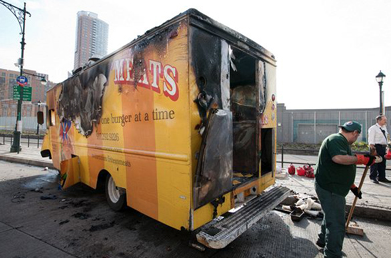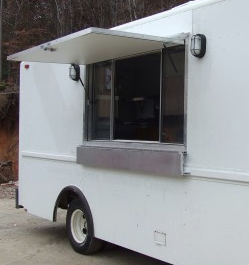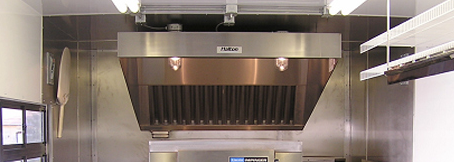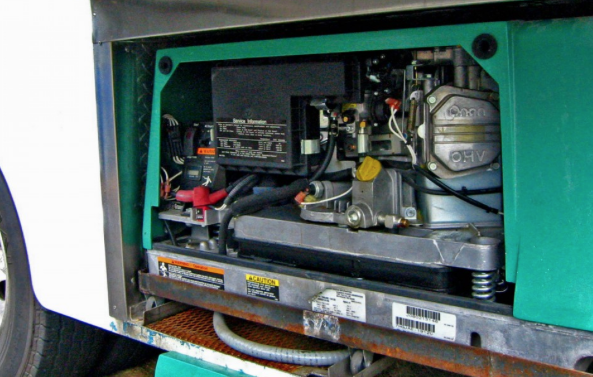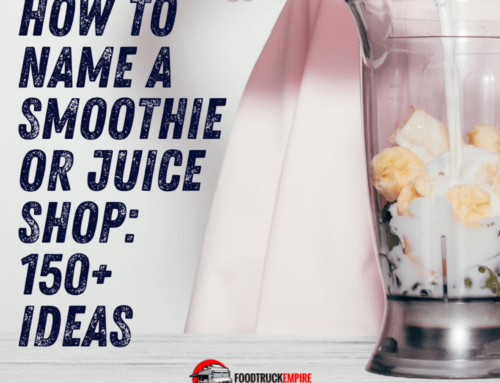So you want to go the DIY route and build a food truck all by yourself? The good news is there are many examples of entrepreneurs that have successfully built their own trailers and trucks without any formal experience. The bad news is that you should expect there to encounter a few many hiccups along the way if you haven’t done it before.
This post is intended to help you avoid some of the common mistakes entrepreneurs make when trying to build their own mobile food unit and provide an outline for accomplishing this massive undertaking. But first, we recommend being honest with yourself on your own ability to pull this off.
The Downside of Building a Food Truck
Yes, you can retrofit and modify a truck by yourself. But do you really want to? If you’re not experienced with mechanics or how motorized vehicles work this option may not be for you. If you have no experience with doing electrical work, this isn’t for you either. Also, if you don’t have access to tools needed those can become expensive too.
The other negative is that it will take you a lot more time to do it yourself than hire it out. Take our previous interview with The Boiler Monkey for example. We recommend listening to the full-interview if you plan to build a vehicle yourself. The Boiler Monkey enlisted help from friends sorting out the complex electrical wiring and borrowed tools from neighbors. They also encountered a lot of unanticipated problems along the way that you’ll want to learn about.
The Boiler Monkey also took a full 3 months to convert their bus into the food-service machine they dreamed of. They did not have full-time jobs at the time either. If you’re serious about this, figure out if you have enough time to dedicate yourself to completing the project.
Finally, you’re building a vehicle you plan to cook on. There’s a lot that can go wrong and no shortage of fire hazards. In short, you don’t want to end up like this guy…
The Advantages
If you do have mechanical experience, an engineering background, and if you’re really good at solving problems you can most certainly pull this thing off and there are even some benefits to doing so. One checked box in the positive column is that you’ll understand the inner workings of your truck and how it works. Regular breakdowns are an unfortunate reality for many food trucks. If you put the vehicle together, you’ll have a much more in-depth knowledge on how to fix it. You may also be able to cut some of the costs if you have friends that are willing to help you out with electrical / mechanical work and lend you tools.
Still determined to build a truck yourself? Here’s the high-level outline on how to get started.
Step 1: Determine Layout and Equipment
In step one, you will determine the type of food truck you want, along with the equipment needed to serve the food. After all, if you decide you want to start a coffee truck you will have very different space and equipment requirements than a burger bus.
Get a piece of paper or open and Word document and begin to write down each piece of equipment you need to include on your future truck. This could include a refrigerator, deep fryer, freezer, heat lamp, and storage space to list a few of the basics.
After you get the list of equipment created the next part will be to determine how much space you need. Make sure to get the specifics of each piece of equipment you want to put into the truck and design a layout of where you want each piece of equipment to be placed.
Pro Tip: Take your time when determining the layout of your truck. You want to develop a truck layout that allows you to conduct food prep in an efficient way. Listen to this interview for more advice on building a food truck that’s designed for speed. This is critical since the more meals you can get out the service window per hour the more profit you can make.
In review, here’s what you need to accomplish to complete step 1:
- Make a list of the equipment you need.
- Determine how much space the equipment will consume.
- Determine the desired layout or blueprint of the kitchen based on your requirements.
2.) Find a Truck, Trailer, Bus, or Other Vehicle
After you created an equipment list and figured out the space you need to comfortably operate a truck, it’s time to get out there and find the ideal vehicle that will serve as your mobile food unit. The nice thing about retrofitting your own vehicle is that you don’t need to buy a truck at all. There are plenty of entrepreneurs that have convert school buses, vans, and even mobile homes to suit their needs. These out of the ordinary vehicles can even serve as a differentiator for your brand.
No matter what type of vehicle you ultimately decide to use, you’ll probably be looking a used vehicle. Before investing in any type of vehicle, be sure that you bring along a friend that understands mechanics and can conduct an inspection of the vehicle prior to purchase.
You’ll also want to find out as much information as possible about history of the vehicle prior to writing a check. Some desirable elements is to find out if the truck was part of a fleet: bread trucks, FedEx and UPS trucks can fall into this category. If you’re buying directly from a business, you can be more certain of how the truck has been cared for in the past, along with whether or not it received regular oil changes. When buying through a dealer, determining how the vehicle has been treated in the past will be more difficult.
How to Evaluate Used Food Trucks – If you want to learn more about how to access a previously owned truck listen to this episode with Bob Pierson of M&R Concessions. Pierson has years of experience converting pre-owned vehicles into food trucks.
Food Truck Versus Food Trailer – Click here to learn about some of the unique advantages each option possesses.
3.) Clean Out Vehicle and Mark the Layout in Truck
After you find the vehicle you want to start your business with it’s time to gut the thing and clean out everything you don’t need. In most situations you’ll clear out the interior of the truck-minus the driver’s seat and steering wheel until you get a big empty box.
Next, you’ll want to mark out where each piece of equipment and location of the serving window is going to be within the truck. You can use a Sharpie marker to outline where all the equipment will be placed. You will also what to identify and mark the location of any outlets and fixtures, determine the location of the wall that separates the kitchen from the driver, and determine where you will position the propane tank and generator.
Short video demonstrating the process of building a concession truck.
4.) Setup the Electrical Wiring
This step is extremely important and can be more complex of an issue than it seems initially. For example, the X brothers began to assemble the Boiler Monkey they discovered there were enormous electrical problems with their truck. Getting the electrical wiring assembled the right way is extremely important because the operation of your future business depends on it. If the power goes out in your vehicle you won’t be able to serve customers. Also, determining what’s wrong with electrical wiring can be very difficult after the food service vehicle is fully assembled.
Tip: Get an experienced electrician to help you with this step if you don’t know what you’re doing. The electrician will need to run wire to all circuits and to the back panel. In some cases, electrical boxes may also need to be installed.
5.) Reinforcing the Interior
After the wiring is setup in the truck it’s time to begin reinforcing the interior of the truck. You’ll accomplish this largely through a process called framing that is common in the construction industry. When you build a house, you typically create a frame using wood to build the foundation to support wall of a home. You’re doing something similar only with the foundation of a food truck instead of a single family home.
Aluminum square tubes are recommended to frame the outside of walls, around the serving window, the generator, the hood, areas of the A/C and the frame divider. Aluminum is highly recommended due to it being light-weight and extremely durable.
6.) Cut Openings for Serving Window and A/C
Next you will need to cut open your truck to make room for the serving window. A typical serving window size is 4×3 feet. You’ll also want to cut an opening for the A/C at the top of the truck.
7.) Finish the Inside Walls on Your Truck
Now you will focus on finishing the inside walls of the truck. The first thing that you should know is that the wall behind your cooking line must be made from “non-flammable” construction per most fire code requirements. That means any sort of wood should not be used in any area.
Next install installation panels on the ceiling and walls of the vehicle and insulate the outside walls using Styrofoam (more details on the specifics in the video below). Then the sub-walls and finish walls go into the truck. The material most food truckers seem to recommend for the outside of the walls is 100% stainless steel sheets. You will also want to install the floor at this time.
8.) Gas / Propane Tank
This is a step you will want to check with your local safety / fire regulations to ensure you’re setting up everything correctly per the requirements of your city. Although it’s very common to install propane tanks on the rear of a food truck there are many cities that don’t allow this. Ask representatives at your city and local fire department for help positioning the gas tanks on your vehicle.
After the governing bodies give you their instructions for setup, install a gas manifold for equipment, connect the manifold to the propane tank and install the regulation. Finally, you will need to fabricate and install the tank rack to hold the equipment.
We couldn’t find any videos online that demonstrate how to accomplish this step for a food truck, however, we did find a good demonstration for setting up propane tanks with RV’s that can give you intelligence on the topic.
9.) Setting up the Interior Hood
Next you will need to install the interior hood within the vehicle. This is an area where you will want to check with your local laws to confirm everything is up to code based on the city you plan to operate in. Interior hoods aid in the ventilation of the vehicle. Here are a few examples:
10.) Pre-equipment load
By now you’re so close to completing your food truck you can probably taste the food you will soon be making. At this time, you’ll put to load in and install things like the concession window and door, A/C unit, any general equipment tables, and cabinets and counter tops. After you complete this step, the vehicle will really start looking like a food truck.
11.) Complete Electric Work
At this time you will finalize the electrical work by installing light fixtures, outlets, switches, breakers, panels, and connect the land wires to the breakers. If you don’t know how to do this call a professional electrician or someone that has experience working with food trucks or mobile homes.
12.) Load Cooking Equipment
Now is the time to load up and install the rest of the cooking equipment. This means everything from the refrigerator to the kitchen sink, cash register, and other tools required to deliver memorable food moments to your future customers. If it goes onto the truck, make sure to install it now.
13.) Plumbing
Hiring an experienced plumber is recommended to setup this step and ensure everything is flowing sufficiently for the long term. While most veteran plumbers can probably figure out how to setup the plumbing in your vehicle, anticipate the charges to be 2 – 3 times the original estimate. It will take the plumber additional time to figure everything out if he’s never worked on a truck before.
At this time the plumber will connect the sinks to the fresh water tank, install a dump valve, and conduct other work that is required by your local ordinances.
14.) Setup the Generator
Without an operational generator, you won’t be able to power your cooking equipment and refrigerators while serving the streets. At this step, you’ll want to confirm your generator is securely and firmly positioned. You will also need to connect the generator to the panel and transfer switch. Also, make sure the generator is installed in a well ventilated area of the vehicle. These things get hot!
15.) The Finishing Touches
While the truck is technically completed at this point there are still a few more steps that must be completed before you’re road ready. At this time you’ll need to inspect the plumbing, gas connections, and electrical work that has been completed. You’ll also want to conduct a test of the generator and this time.
Finally, you’ll need to find someone to complete the truck wrap on your behalf for the outside of the vehicle. This is not something you want to do yourself since the first thing potential customers will see is the outside of your vehicle. Make sure you look like a pro.
The Final Word
By now you’ve probably realized that there are going to be some unique troubleshooting issues you’ll need to figure out when building a food truck. Each truck is a little bit different and has unique kitchen equipment needs.
If you decide building a truck is the right path for you, remember that you shouldn’t hesitate to reach out to other experts along the way. You might even be surprised that any friends that are plumbers, electricians, or mechanics will be happy to help you out with this interesting project. Also, follow food truck owners can also be an incredible resource. They understand the local laws and might have built their own truck as well.
Here are a few additional resources we recommend checking out as well:
RoadFood.com – This forum is awesome! You’ll find a lot of conversations of on-going conversations about food truck builds right here. If you check out the Restaurant Professionals Forum or the Professional Hot Dog Vendors forum you’ll find an incredible community of experienced food industry veterans that are ready to help. If you need an opinion on what type of generator to buy or the any other hyper specific question, you’ll get an answer here.
Pro Tip: Signing up for this forum is free, but before you start asking questions try entering your question into the Search Box located in the upper right hand corner of the website. This forum has been around a long time and your question might be answered in a previous thread already.
Ultimate Food Truck Case Study – Check out this epic series of audio interviews to see how Anthony Salvagno started his food truck business. Everything from finding a food truck, to writing a business plan, and raising capital is discussed.
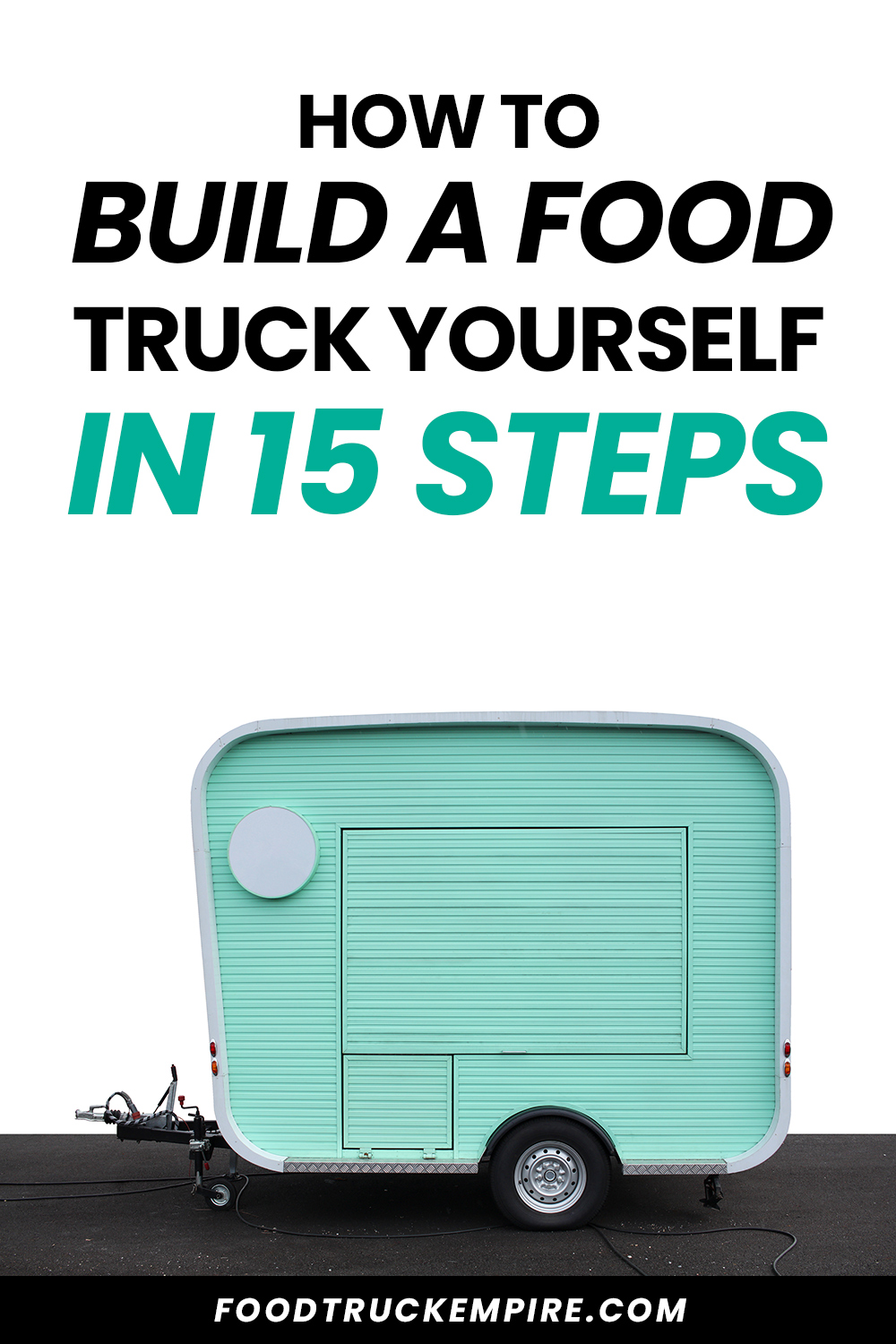
Thanks for reading! If you enjoyed this post, please share it and browse our growing list of food truck entrepreneurship interviews!

